American Society Demographics. Religion. Education
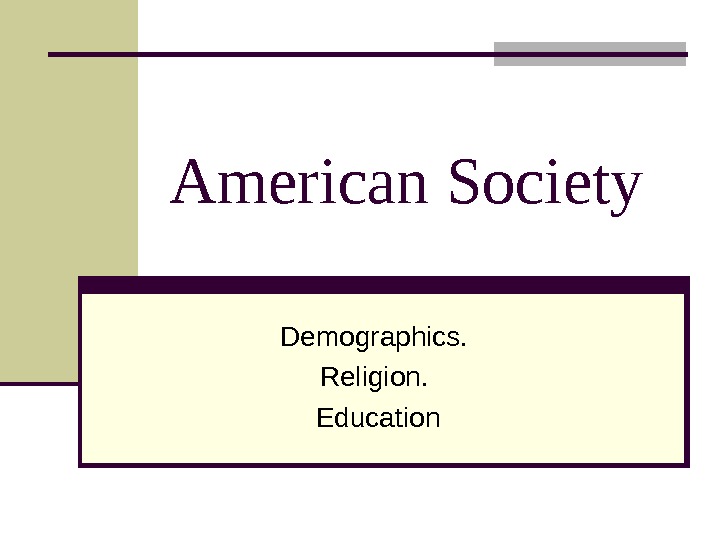
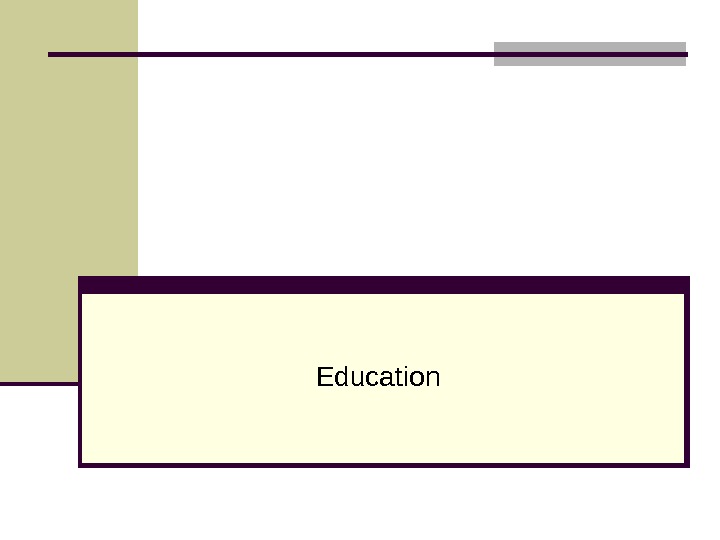




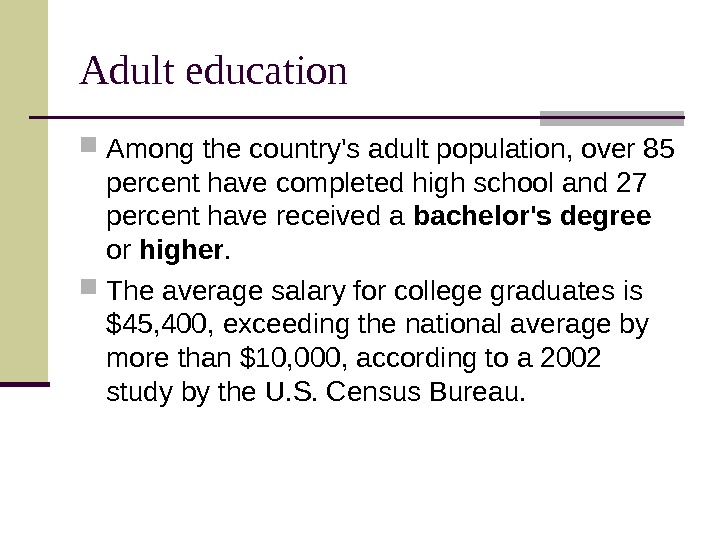
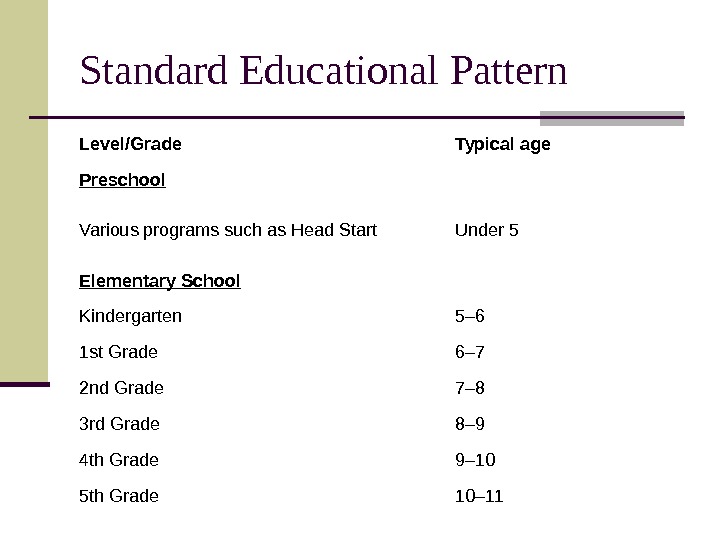


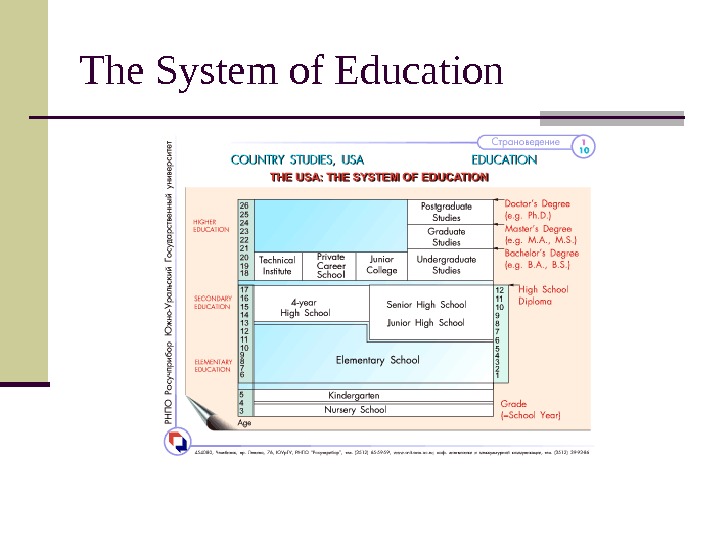

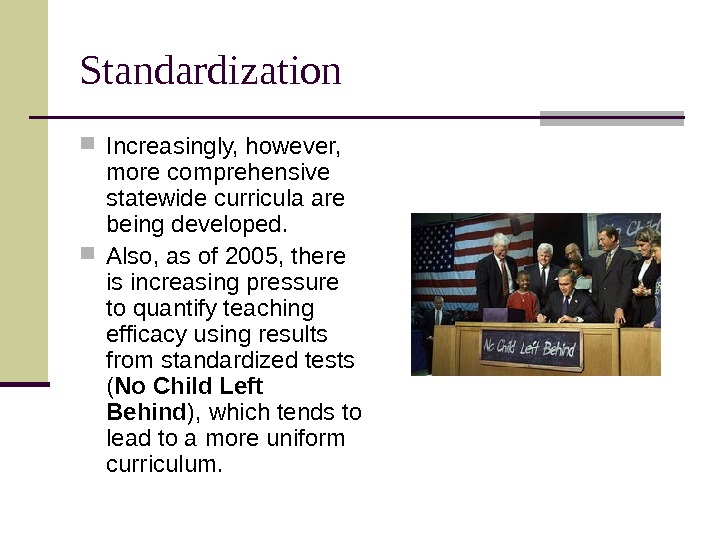
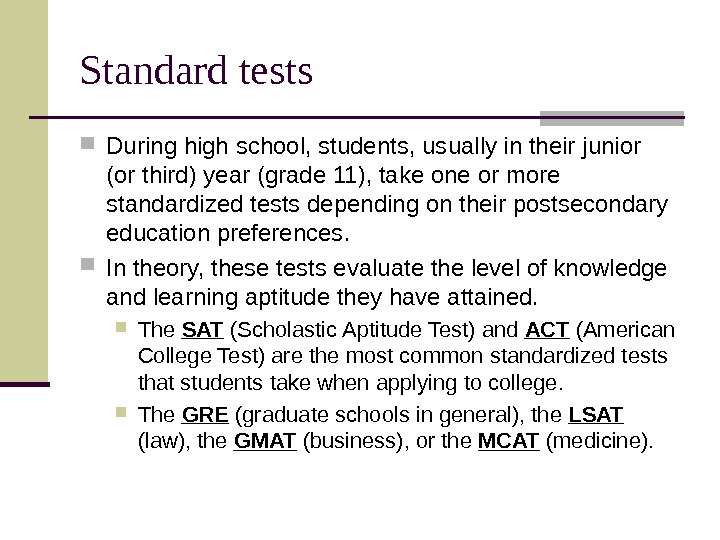




american_society_education.ppt
- Размер: 621 Кб
- Количество слайдов: 18
Описание презентации American Society Demographics. Religion. Education по слайдам
 American Society Demographics. Religion. Education
American Society Demographics. Religion. Education
 Education
Education
 Education In the United States, education is a state, not federal, responsibility, and the laws and standards vary considerably. However, the federal government, through the Department of Education , is involved with funding of some programs and exerts some influence through its ability to control funding.
Education In the United States, education is a state, not federal, responsibility, and the laws and standards vary considerably. However, the federal government, through the Department of Education , is involved with funding of some programs and exerts some influence through its ability to control funding.
 Arne Duncan
Arne Duncan
 Education National education budget (2007) Budget: $972 billion (public and private, all levels) 1 General Details Primary Languages: English System Type: Federal, state, private Literacy Male: 99% Female: 99%
Education National education budget (2007) Budget: $972 billion (public and private, all levels) 1 General Details Primary Languages: English System Type: Federal, state, private Literacy Male: 99% Female: 99%
 Education statistics Enrollment • Primary • Secondary • Post-secondary 81. 5 million 37. 9 million 26. 1 million 17. 5 million Attainment • Secondary diploma • Post-secondary diploma 85 % 27 %
Education statistics Enrollment • Primary • Secondary • Post-secondary 81. 5 million 37. 9 million 26. 1 million 17. 5 million Attainment • Secondary diploma • Post-secondary diploma 85 % 27 %
 Adult education Among the country’s adult population, over 85 percent have completed high school and 27 percent have received a bachelor’s degree or higher. The average salary for college graduates is $45, 400, exceeding the national average by more than $10, 000, according to a 2002 study by the U. S. Census Bureau.
Adult education Among the country’s adult population, over 85 percent have completed high school and 27 percent have received a bachelor’s degree or higher. The average salary for college graduates is $45, 400, exceeding the national average by more than $10, 000, according to a 2002 study by the U. S. Census Bureau.
 Standard Educational Pattern Level/Grade Typical age Preschool Various programs such as Head Start Under 5 Elementary School Kindergarten 5– 6 1 st Grade 6– 7 2 nd Grade 7– 8 3 rd Grade 8– 9 4 th Grade 9– 10 5 th Grade 10–
Standard Educational Pattern Level/Grade Typical age Preschool Various programs such as Head Start Under 5 Elementary School Kindergarten 5– 6 1 st Grade 6– 7 2 nd Grade 7– 8 3 rd Grade 8– 9 4 th Grade 9– 10 5 th Grade 10–
 Middle school 6 th Grade 11– 12 7 th Grade 12– 13 8 th Grade 13– 14 High school 9 th Grade 14– 15 (Freshman year) 10 th Grade 15– 16 (Sophomore year) 11 th Grade 16– 17 (Junior year) 12 th Grade 17– 18 (Senior year)
Middle school 6 th Grade 11– 12 7 th Grade 12– 13 8 th Grade 13– 14 High school 9 th Grade 14– 15 (Freshman year) 10 th Grade 15– 16 (Sophomore year) 11 th Grade 16– 17 (Junior year) 12 th Grade 17– 18 (Senior year)
 Post-secondary education Tertiary education (College or University) ages vary Vocational education ages vary Postgraduate education Adult education
Post-secondary education Tertiary education (College or University) ages vary Vocational education ages vary Postgraduate education Adult education
 The System of Education
The System of Education
 K-12 The entire span of primary and secondary education, from Kindergarten to grade 12, is often abbrieved in the US as K-12 or K 12, which in spoken American English is rendered as «K through 12» or «K 12. «
K-12 The entire span of primary and secondary education, from Kindergarten to grade 12, is often abbrieved in the US as K-12 or K 12, which in spoken American English is rendered as «K through 12» or «K 12. «
 Standardization Increasingly, however, more comprehensive statewide curricula are being developed. Also, as of 2005, there is increasing pressure to quantify teaching efficacy using results from standardized tests ( No Child Left Behind ), which tends to lead to a more uniform curriculum.
Standardization Increasingly, however, more comprehensive statewide curricula are being developed. Also, as of 2005, there is increasing pressure to quantify teaching efficacy using results from standardized tests ( No Child Left Behind ), which tends to lead to a more uniform curriculum.
 Standard tests During high school, students, usually in their junior (or third) year (grade 11), take one or more standardized tests depending on their postsecondary education preferences. In theory, these tests evaluate the level of knowledge and learning aptitude they have attained. The SAT (Scholastic Aptitude Test) and ACT (American College Test) are the most common standardized tests that students take when applying to college. The GRE (graduate schools in general), the LSAT (law), the GMAT (business), or the MCAT (medicine ).
Standard tests During high school, students, usually in their junior (or third) year (grade 11), take one or more standardized tests depending on their postsecondary education preferences. In theory, these tests evaluate the level of knowledge and learning aptitude they have attained. The SAT (Scholastic Aptitude Test) and ACT (American College Test) are the most common standardized tests that students take when applying to college. The GRE (graduate schools in general), the LSAT (law), the GMAT (business), or the MCAT (medicine ).
 Academic degrees Almost all institutions of higher learning in the US use the German system of designation for academic degrees. Common postgraduate degrees are master’s degrees ( Master of Arts (MA), Master of Science (MS), or other less common master’s degrees such as Master of Business Administration (MBA), Master of Education (MEd), and Master of Fine Arts (MFA). ) or Ph. D. s ( Doctor of Philosophy (Ph. D. ) or other doctoral degree, such as Doctor of Arts, Doctor of Education or Doctor of Theology ), or specialized professional degrees such as a J. D. for a lawyer, an MBA for a businessperson, a Pharm. D. for a pharmacist or an M. D. for a physician.
Academic degrees Almost all institutions of higher learning in the US use the German system of designation for academic degrees. Common postgraduate degrees are master’s degrees ( Master of Arts (MA), Master of Science (MS), or other less common master’s degrees such as Master of Business Administration (MBA), Master of Education (MEd), and Master of Fine Arts (MFA). ) or Ph. D. s ( Doctor of Philosophy (Ph. D. ) or other doctoral degree, such as Doctor of Arts, Doctor of Education or Doctor of Theology ), or specialized professional degrees such as a J. D. for a lawyer, an MBA for a businessperson, a Pharm. D. for a pharmacist or an M. D. for a physician.
 Ratings American colleges and universities are quite status-conscious in comparison to their foreign counterparts. Rankings are produced by magazines like U. S. News and World Report , Academic Ranking of World Universities and test preparation services like The Princeton Review. These rankings are based on factors like brand recognition, selectivity in admissions, generosity of alumni donors, and volume of faculty research.
Ratings American colleges and universities are quite status-conscious in comparison to their foreign counterparts. Rankings are produced by magazines like U. S. News and World Report , Academic Ranking of World Universities and test preparation services like The Princeton Review. These rankings are based on factors like brand recognition, selectivity in admissions, generosity of alumni donors, and volume of faculty research.
 Prestigious education The most prestigious private universities of the United States are the eight Ivy League schools Cornell University in Ithaca, N. Y ; Yale in New Haven, Conn. ; Brown University, in Providence, R. I. ; Columbia University, in New York, N. Y. , Dartmouth College , Harvard University in Cambridge; Princeton University , Pennsylvania University in Philadelphia; There also a set of public schools known as the Public Ivies ( Stanford University, Duke University, MIT, the University of Chicago, and Caltech ). the University of California, Berkeley, the University of Michigan, Ann Arbor, the University of Virginia and the University of Washington ).
Prestigious education The most prestigious private universities of the United States are the eight Ivy League schools Cornell University in Ithaca, N. Y ; Yale in New Haven, Conn. ; Brown University, in Providence, R. I. ; Columbia University, in New York, N. Y. , Dartmouth College , Harvard University in Cambridge; Princeton University , Pennsylvania University in Philadelphia; There also a set of public schools known as the Public Ivies ( Stanford University, Duke University, MIT, the University of Chicago, and Caltech ). the University of California, Berkeley, the University of Michigan, Ann Arbor, the University of Virginia and the University of Washington ).
 Thank you for attention!
Thank you for attention!
